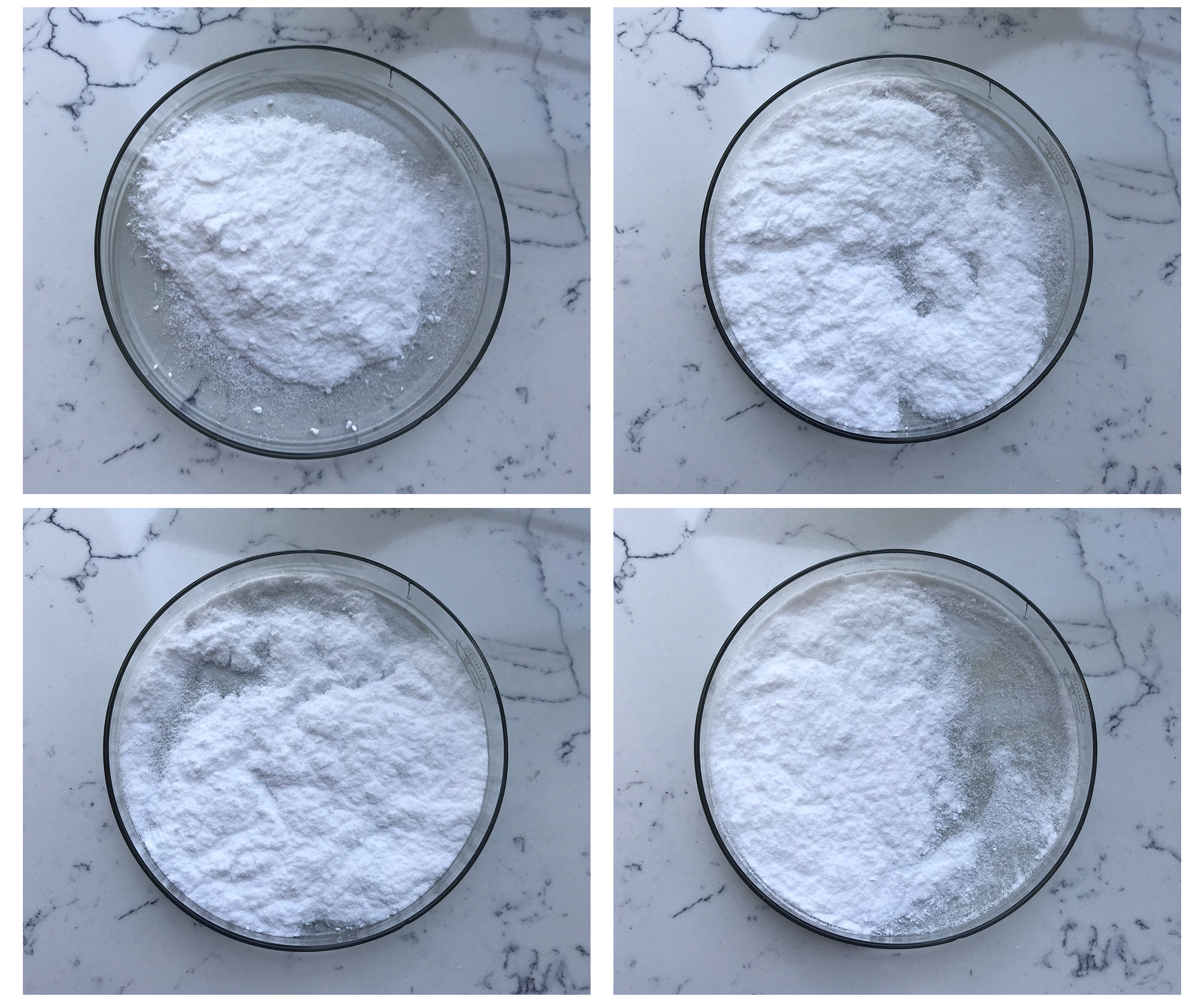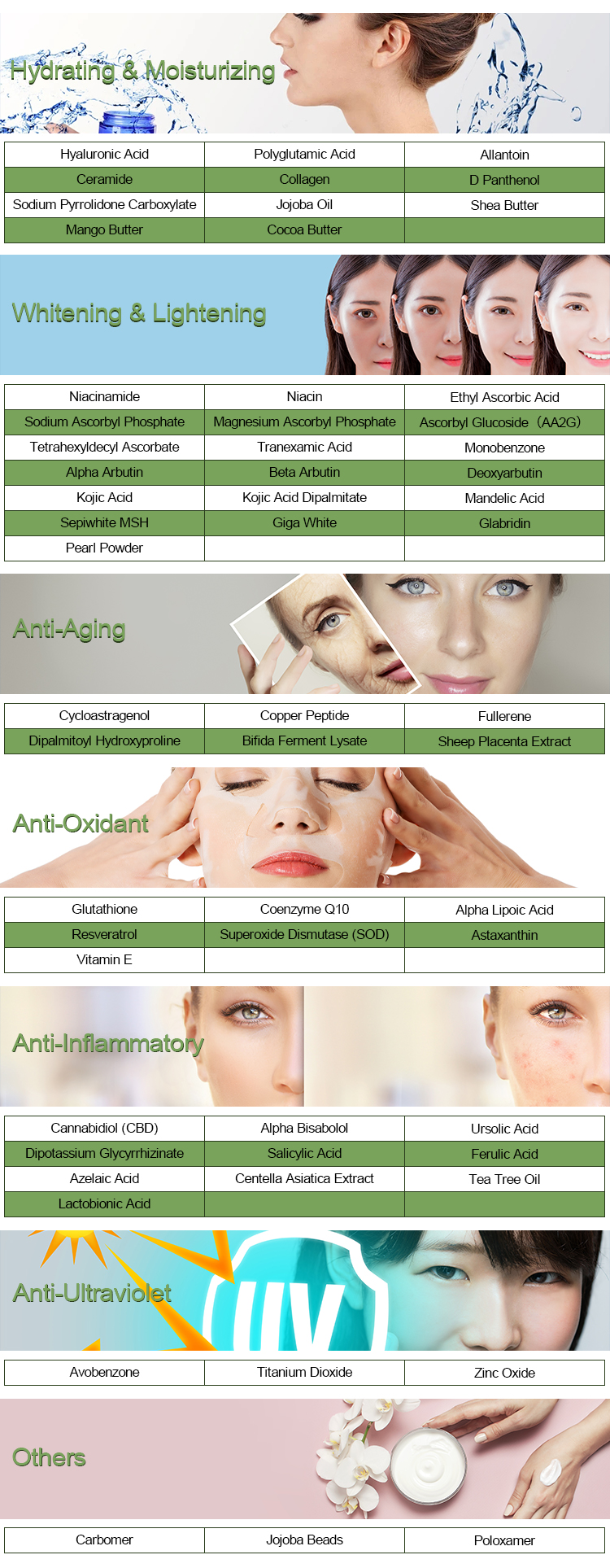Beta arbutin and Alpha arbutin are both derivatives of hydroquinone, commonly used in skincare for their skin brightening properties. Here are the key differences between them:
Chemical Structure:
- Alpha Arbutin: A more stable and effective form of arbutin. It is derived from the bearberry plant and is known for its ability to inhibit melanin production.
- Beta Arbutin: Less common and generally less effective than alpha arbutin. It can be derived from various plants, but its stability and efficacy are lower compared to its alpha counterpart.
Efficacy:
- Alpha Arbutin: More potent and effective in reducing hyperpigmentation and brightening skin tone. It is often favored in formulations for its superior results.
- Beta Arbutin: Although it can still provide some benefits, it is typically considered less effective for skin brightening.

Stability:
- Alpha Arbutin: More stable in formulations, which means it maintains its efficacy over time.
- Beta Arbutin: Less stable, which can lead to reduced effectiveness in skincare products.
Usage:
- Both forms can be found in serums, creams, and other topical applications, but alpha arbutin is more commonly used in professional and high-quality products.
Overall, alpha arbutin is generally preferred in skincare for its superior brightness and stability.
Basic information of Beta Arbutin
Beta Arbutin is a glycosylated hydroquinone derived from the bearberry plant, as well as from other sources like wheat and cranberries. It’s primarily used in skincare for its skin-brightening properties and is often included in products aimed at reducing hyperpigmentation, dark spots, and uneven skin tone.
Key Points:
- Mechanism of Action: Beta arbutin inhibits the enzyme tyrosinase, which is involved in melanin production, helping to reduce the formation of dark spots and hyperpigmentation.
- Stability: Compared to its counterpart, alpha arbutin, beta arbutin is less stable and can break down in the presence of light and heat, making formulation challenging.
- Formulation: It is often found in serums, creams, and lotions at concentrations typically ranging from 1% to 5%.

- Safety: Generally considered safe for topical use, it can be less irritating than other skin-lightening agents, like hydroquinone. However, it’s always recommended to conduct a patch test before widespread use.
- Synergy: It can be combined with other active ingredients such as vitamin C, niacinamide, and alpha hydroxy acids for enhanced brightening effects.
- Regulatory Status: The use of beta arbutin is permitted in cosmetic formulations in many countries, but regulations can vary.
Overall, Beta arbutin is a popular choice for those looking to achieve a more even skin tone without the potential side effects associated with more aggressive agents.
